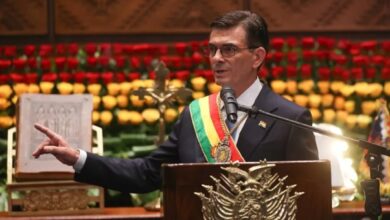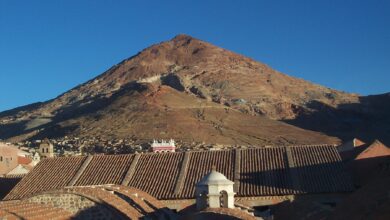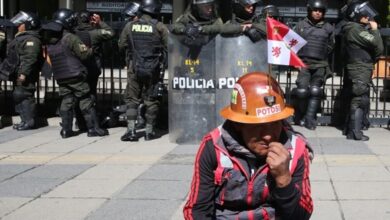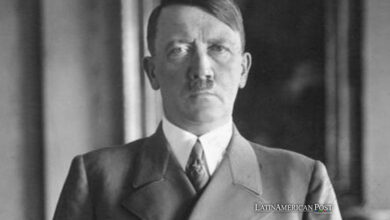Gran Poder Festival: Celebrating Bolivia’s Heritage with Economic Impact
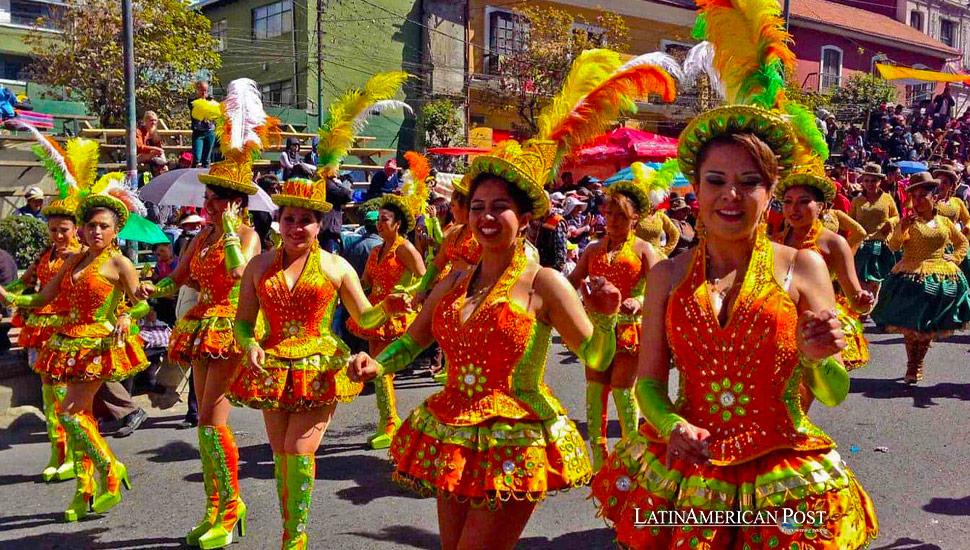
The Gran Poder Festival, Bolivia’s largest folkloric parade recognized as an Intangible Cultural Heritage of Humanity in 2019, generated an economic impact of approximately $68 million, highlighting its cultural and economic significance.
The Gran Poder Festival, Bolivia’s most significant folkloric event in La Paz, has once again demonstrated its immense cultural and economic importance. According to President Luis Arce, the 2024 edition of the festival generated an economic impact equivalent to around $68 million, underscoring its role as a vital cultural event in Bolivia and the wider Latin American region.
The Gran Poder Festival, officially known as the “majestic entry of the Lord Jesus of Gran Poder,” is a vibrant celebration of Bolivian culture and a significant economic driver. President Arce highlighted that the festival involved over 91,000 dancers and drew more than 231,000 spectators. The event’s economic impact, estimated at 475.1 million bolivianos (approximately $68.2 million), illustrates its substantial contribution to the local economy.
“This festival is a reflection of our pride and love for our identity, a masterpiece that has been recognized as an Intangible Cultural Heritage of Humanity,” President Arce stated on social media.
The Gran Poder Festival has deep historical roots, originating in the early 20th century with indigenous celebrations in the crowded neighborhoods of La Paz. By the 1940s, it had evolved into a grand folkloric parade. Known as the “major festival of the Andes,” it is an annual event held between late May and early June. It features a procession of traditional Bolivian dances dedicated to the Catholic image of Jesus del Gran Poder.
The Morenada Dance: A Symbol of Aymara Culture
The highlight of the Gran Poder Festival is the Morenada dance, which holds particular significance for the Aymara people. This dance allows participants to showcase their economic power through elaborate masks, costumes, and jewelry. The emblematic figure of the Chola paceña, an Aymara woman with long hair styled in two braids, is a central feature of this dance. She wears her finest attire, including a dark-colored bowler hat, a brightly colored skirt (pollera), a blouse, a shawl, and valuable jewelry.
Male dancers, known as “morenos,” don heavy costumes adorned with sequins, pearls, beads, and metal masks topped with large feathers. Their slow, rhythmic steps move in harmony with the dramatic sway of their feathered headgear, creating a mesmerizing visual spectacle.
The organization of the Gran Poder Festival involves meticulous planning and coordination between the La Paz Municipality and the Association of Folkloric Groups of Gran Poder. This year, a dedicated mobile application was used for the festival, allowing attendees to track the parade’s progress and access information about key points along the route. This technological integration highlights how traditional cultural events are embracing modern tools to enhance the experience for participants and spectators alike.
Latin American Context: Festivals as Economic Catalysts
Festivals like Gran Poder are crucial in Latin American culture, serving as cultural expressions and economic catalysts. Across the region, such events bring together communities, celebrate heritage, and stimulate local economies through tourism, hospitality, and related services. Similar festivals in countries like Brazil, Mexico, and Peru generate substantial economic benefits, reinforcing the importance of cultural heritage in driving economic growth.
Bolivia is renowned for its rich cultural tapestry, characterized by a blend of indigenous traditions and Spanish influences. The country’s festivals, music, dance, and crafts reflect this diverse heritage. Events like the Gran Poder Festival offer a platform for showcasing this cultural wealth, drawing visitors worldwide, and boosting the nation’s cultural tourism sector.
The Gran Poder Festival, in particular, exemplifies the vibrant cultural traditions of the Aymara people and other indigenous groups in Bolivia. It provides a space for artistic expression, community bonding, and preserving traditional art forms.
Economic Challenges and Opportunities
While the economic benefits of the Gran Poder Festival are significant, Bolivia faces broader economic challenges. Global economic fluctuations, political instability, and internal socio-economic issues have impacted the country’s economy. Festivals like Gran Poder offer a glimpse of the potential for cultural tourism to contribute to economic resilience.
Bolivia can leverage its rich cultural heritage to create sustainable economic opportunities by investing in cultural events and promoting tourism. This approach supports economic growth and preserves and promotes the country’s cultural identity.
The success of the Gran Poder Festival is a testament to the collaborative efforts between government entities and community organizations. The involvement of the La Paz Municipality, the Association of Folkloric Groups, and other stakeholders ensures that the event is well-organized and safe for participants and spectators.
Government support is crucial for the continued success of such events. By providing funding, infrastructure, and logistical support, the government can help ensure that cultural festivals thrive and continue to contribute to the economy. Community involvement is equally important, fostering a sense of ownership and pride in cultural traditions.
Future Prospects for Gran Poder
Looking ahead, the Gran Poder Festival has the potential to grow even further in terms of economic impact and cultural significance. Continued investment in infrastructure, marketing, and technological integration can enhance the festival experience and attract more international visitors. Moreover, initiatives to promote sustainable tourism practices can help preserve the event’s cultural and environmental integrity.
The festival’s recognition as an Intangible Cultural Heritage of Humanity underscores its global importance. This status can be leveraged to attract international partnerships, funding, and expertise to develop further and promote the event.
Also read: Strings of Heritage: A Uruguayan Payador’s Journey
The Gran Poder Festival is a shining example of how cultural heritage can drive economic growth while preserving and celebrating traditions. The event’s significant economic impact highlights the potential of cultural tourism to contribute to national and local economies. As Bolivia continues to navigate financial challenges, events like Gran Poder offer a path forward, showcasing the power of culture to bring people together, generate economic benefits, and foster a sense of national pride.

